Home>Storage & Organization>Kitchen Organizing Tools>How To Train A Kitten To Use A Litter Box
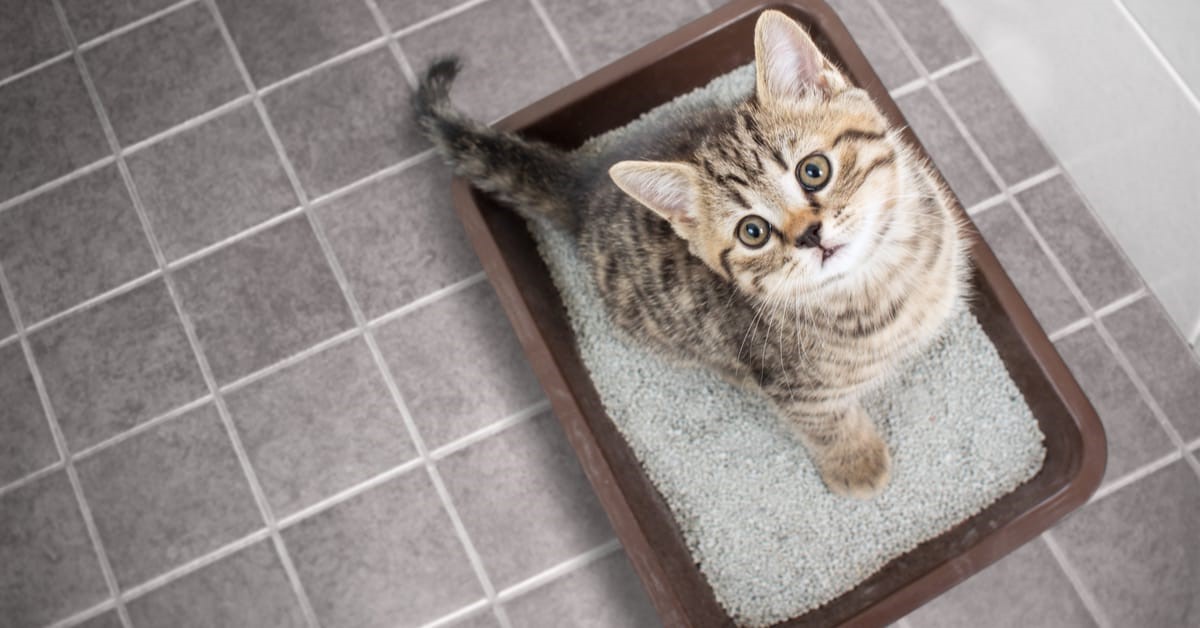

Kitchen Organizing Tools
How To Train A Kitten To Use A Litter Box
Published: February 23, 2024
Learn effective techniques for training your kitten to use a litter box with the right kitchen organizing tools. Ensure a clean and tidy home with our expert tips.
(Many of the links in this article redirect to a specific reviewed product. Your purchase of these products through affiliate links helps to generate commission for Storables.com, at no extra cost. Learn more)
Introduction
Welcoming a new kitten into your home is an exciting and heartwarming experience. As you prepare to introduce your furry friend to their new environment, one essential aspect of their training is teaching them to use a litter box. This fundamental skill not only promotes a clean and hygienic living space but also ensures your kitten's comfort and well-being.
Litter box training is a crucial step in acclimating your kitten to their new surroundings. By providing them with a designated area for eliminating waste, you establish a routine that supports their natural instincts and fosters a sense of security. Additionally, successful litter box training can prevent undesirable behaviors, such as inappropriate elimination, which may arise if your kitten is not properly introduced to this essential aspect of domestic feline life.
In this comprehensive guide, we will delve into the intricacies of litter box training, offering valuable insights and practical tips to help you navigate this important process with confidence. From understanding the basics of litter box training to selecting the right equipment and addressing potential challenges, this resource aims to equip you with the knowledge and expertise needed to support your kitten's successful transition into their new home.
As you embark on this journey with your new feline companion, remember that patience, consistency, and positive reinforcement are key elements in the training process. By approaching litter box training with empathy and understanding, you can create a supportive environment that nurtures your kitten's development and strengthens the bond between you and your beloved pet.
Now, let's embark on this enlightening journey to unravel the art of litter box training and empower you to guide your kitten towards a happy and harmonious coexistence within your home.
Key Takeaways:
- Teaching your kitten to use a litter box is crucial for a clean home and your kitten’s comfort. Understanding their instincts and providing the right box and litter sets the stage for success.
- Encouraging your kitten to use the litter box involves positive reinforcement, gentle guidance, and creating a stress-free environment. Address accidents and challenges with empathy and patience to support your kitten’s development.
Read more: When Do Kittens Use A Litter Box?
Understanding the Basics of Litter Box Training
Litter box training is a fundamental aspect of acclimating your kitten to their new home. It involves teaching your feline companion to use a designated area for eliminating waste, promoting cleanliness and hygiene within your living space. Understanding the basics of litter box training is essential for creating a supportive environment that encourages your kitten to develop positive elimination habits.
When it comes to litter box training, it's crucial to recognize that kittens have natural instincts that guide their behavior. In the wild, felines are inclined to bury their waste to avoid attracting predators or alerting potential prey to their presence. This innate behavior translates to the domestic setting, where kittens exhibit a preference for eliminating in a secluded and easily accessible area.
As a responsible pet owner, it's important to provide your kitten with a suitable litter box that aligns with their natural inclinations. The litter box should be spacious enough to accommodate your kitten comfortably, with low sides for easy access. Additionally, consider the placement of the litter box within your home, opting for a quiet and accessible location that affords your kitten privacy while ensuring their safety.
Furthermore, understanding your kitten's preferences and behaviors is integral to successful litter box training. Observing your kitten's habits and identifying signs that they need to eliminate can help you anticipate their needs and guide them towards the litter box. Additionally, recognizing any aversions or anxieties your kitten may have towards the litter box can inform your approach, allowing you to address potential concerns and create a positive association with the designated elimination area.
By grasping the fundamental principles of litter box training and acknowledging the innate instincts and behaviors of your kitten, you can lay a solid foundation for a successful training experience. This understanding enables you to approach the training process with empathy and insight, fostering a supportive environment that nurtures your kitten's development and strengthens the bond between you and your beloved pet.
Choosing the Right Litter Box and Litter
Selecting the appropriate litter box and litter is a pivotal step in setting the stage for successful litter box training. The right choices can significantly impact your kitten's comfort, hygiene, and overall receptiveness to using the designated elimination area. When it comes to choosing a litter box, consider the following factors to ensure an optimal environment for your kitten's training and well-being.
Size and Accessibility
Opt for a litter box that provides ample space for your kitten to comfortably maneuver and assume their natural elimination posture. Additionally, choose a box with low sides to facilitate easy entry and exit, especially for young kittens who may have limited mobility. The accessibility of the litter box is crucial in promoting a positive and stress-free experience for your feline companion.
Number of Litter Boxes
In a multi-cat household, it's essential to provide an adequate number of litter boxes to accommodate each feline resident. The general recommendation is to have one litter box per cat, plus an additional box to minimize competition and potential conflicts over elimination spaces. This approach promotes a harmonious and stress-free environment, supporting each cat's individual litter box preferences.
Read more: How To Train A Ferret To Use A Litter Box
Litter Box Type
Consider the various types of litter boxes available, such as open trays, covered boxes, or self-cleaning options. Each type has its advantages, and your choice should align with your kitten's preferences and your household dynamics. Open litter boxes offer easy access and provide visibility, while covered boxes offer privacy and odor containment. Self-cleaning litter boxes automate waste removal, reducing maintenance efforts.
In addition to selecting the right litter box, the choice of litter plays a crucial role in your kitten's litter box training journey. Here are essential considerations when choosing the appropriate litter for your feline companion.
Texture and Material
Litter comes in various textures and materials, including clumping clay, non-clumping clay, silica gel crystals, recycled paper, and natural alternatives such as pine or wheat. Consider your kitten's preferences and sensitivities when selecting the litter material. Some kittens may favor softer textures, while others may show a preference for natural or unscented options.
Odor Control and Dust Level
Opt for a litter that effectively controls odors while minimizing dust, creating a pleasant and hygienic environment for your kitten. Litters with odor-neutralizing properties help maintain a fresh and inviting litter box area, contributing to your kitten's comfort and overall acceptance of the designated elimination space.
By carefully considering the size, accessibility, type, and material of the litter box, along with the texture, odor control, and dust level of the litter itself, you can create an inviting and supportive environment for your kitten's litter box training. These thoughtful choices lay the groundwork for a positive and successful training experience, setting the stage for your kitten to embrace their litter box with confidence and ease.
Setting Up the Litter Box
Setting up the litter box is a crucial step in creating an inviting and functional space for your kitten's elimination needs. By carefully arranging the litter box and its surroundings, you can establish an environment that promotes your kitten's comfort, hygiene, and overall acceptance of the designated elimination area.
Read more: How To Train A Dog To Use A Litter Box
Location and Placement
Choosing the right location for the litter box is essential for fostering a positive association with the elimination area. Select a quiet and accessible spot that offers your kitten privacy while ensuring their safety. Avoid placing the litter box near noisy appliances, high-traffic areas, or areas frequented by other pets, as these factors can create stress and deter your kitten from using the box consistently.
Accessibility and Safety
Ensure that the litter box is easily accessible to your kitten, especially if they are still adjusting to their new environment or are young and may have limited mobility. The low sides of the litter box should facilitate effortless entry and exit, allowing your kitten to approach the box with confidence. Additionally, consider the stability of the litter box to prevent tipping or displacement, providing a secure and reliable space for your kitten's elimination needs.
Litter Box Maintenance
Establishing a regular cleaning routine for the litter box is essential for maintaining a hygienic and inviting environment. Scoop the litter box at least once a day to remove waste and clumps, replenishing the litter as needed to ensure an adequate depth for effective waste absorption. Regularly cleaning and replacing the litter prevents odor buildup and promotes your kitten's ongoing acceptance of the designated elimination area.
Additional Considerations
In multi-level homes, consider providing litter boxes on each floor to accommodate your kitten's accessibility and prevent potential accidents due to distance constraints. Additionally, if you have multiple kittens, ensure that each one has easy access to a litter box to minimize competition and promote individual elimination habits.
By thoughtfully setting up the litter box, considering the location, accessibility, safety, and maintenance aspects, you can create an environment that supports your kitten's successful litter box training. This thoughtful approach lays the groundwork for a positive and seamless transition, empowering your kitten to embrace their litter box as a comfortable and reliable space for meeting their elimination needs.
Read more: How To Train A Puppy To Use A Litter Box
Encouraging the Kitten to Use the Litter Box
Encouraging your kitten to use the litter box involves creating a supportive and enticing environment that promotes positive litter box associations and habits. By implementing effective strategies and providing gentle guidance, you can empower your kitten to embrace the litter box as their designated elimination area, fostering a seamless and successful transition.
Positive Reinforcement
Utilize positive reinforcement to encourage your kitten's litter box usage. When you observe your kitten using the litter box, offer verbal praise, gentle petting, or small treats to reinforce this desirable behavior. Positive associations with the litter box create a sense of comfort and security for your kitten, reinforcing their inclination to use the designated area for elimination.
Gentle Guidance
If you notice your kitten exhibiting pre-elimination behaviors, such as sniffing or circling, gently guide them towards the litter box. Place them in the box and allow them to explore the area, offering gentle encouragement. This gentle guidance helps your kitten associate the litter box with the appropriate elimination behavior, reinforcing the concept of the designated elimination area.
Monitoring and Anticipation
Observing your kitten's behavior and monitoring their elimination patterns enables you to anticipate their needs and guide them towards the litter box proactively. If you notice signs that your kitten needs to eliminate, such as restlessness or digging behavior, gently guide them to the litter box, providing gentle reassurance and support.
Read more: How To Train A Hamster To Use A Litter Box
Consistency and Patience
Consistency is key in encouraging your kitten to use the litter box consistently. Maintain a regular feeding and elimination schedule, as kittens often need to eliminate shortly after eating or waking up. By establishing a consistent routine and patiently guiding your kitten towards the litter box, you reinforce positive elimination habits and create a predictable environment that supports their training.
Minimizing Stress and Anxiety
Create a calm and stress-free environment around the litter box to minimize anxiety and promote your kitten's comfort. Avoid loud noises or sudden movements near the litter box area, providing a tranquil space for your kitten to feel at ease while using the designated elimination area.
By implementing these strategies and approaches, you can encourage your kitten to use the litter box confidently and consistently. Through positive reinforcement, gentle guidance, consistency, and a supportive environment, you can empower your kitten to embrace the litter box as a natural and comfortable space for meeting their elimination needs.
Dealing with Accidents and Challenges
Litter box training, while often a smooth process, can present challenges and occasional accidents as your kitten adapts to their new routine. Understanding how to address these issues with patience and proactive strategies is essential for maintaining a positive training experience.
Addressing Accidents
Accidents outside the litter box may occur during the training process. It's important to approach these incidents with understanding and refrain from punitive measures. Clean up any accidents promptly using enzymatic cleaners to eliminate odors and discourage repeat incidents. Additionally, consider the following factors that may contribute to accidents:
-
Litter Box Accessibility: Ensure that the litter box is easily accessible to your kitten, especially if they are still adjusting to their new environment or have limited mobility. A box with low sides and a convenient location can help prevent accidents.
-
Litter Box Preferences: Your kitten may exhibit preferences for specific litter textures or box types. Observing their behavior and potential aversions can guide you in making adjustments to the litter box setup to better align with their preferences.
Read more: How Often Do Kittens Use The Litter Box
Addressing Aversion to the Litter Box
If your kitten displays aversion to the litter box, it's crucial to identify and address the underlying causes. Potential reasons for aversion may include:
-
Litter Type: Your kitten may have sensitivities to the litter material. Experimenting with different litter types, such as clumping clay, silica gel crystals, or natural alternatives, can help identify a more suitable option.
-
Litter Box Location: Assess the placement of the litter box and ensure it is in a quiet, low-traffic area. Avoiding proximity to noisy appliances or areas frequented by other pets can alleviate potential stress associated with the elimination space.
-
Negative Associations: If your kitten had negative experiences in or around the litter box, they may develop aversions. Creating positive associations through gentle encouragement and rewarding desirable behaviors can help counteract negative perceptions.
Seeking Veterinary Guidance
In cases where persistent aversion or changes in elimination habits are observed, consulting a veterinarian is advisable. Health issues, stress, or anxiety can manifest through litter box avoidance or changes in elimination patterns. A thorough examination by a veterinarian can help rule out underlying medical concerns and provide insights into behavioral adjustments.
Consistency and Reassurance
Consistency in training and providing reassurance to your kitten are crucial elements in overcoming challenges. Maintaining a predictable routine, offering gentle guidance, and creating a supportive environment can help alleviate aversions and reinforce positive litter box habits.
By addressing accidents and challenges with empathy, patience, and proactive measures, you can navigate the training process effectively and support your kitten in developing positive elimination behaviors. Remember that each kitten is unique, and adjustments may be necessary to accommodate their individual preferences and needs as they acclimate to their litter box.
Conclusion
In conclusion, the journey of litter box training is a pivotal aspect of welcoming a new kitten into your home and nurturing a harmonious coexistence. Throughout this comprehensive guide, we have explored the fundamental principles and practical strategies that underpin successful litter box training, empowering you to guide your kitten with confidence and empathy.
Litter box training is not merely a matter of establishing a designated elimination area; it is a process that embodies understanding, patience, and the nurturing of positive habits. By comprehending your kitten's natural instincts and preferences, selecting the right litter box and litter, and thoughtfully setting up the elimination area, you lay the groundwork for a seamless and successful training experience.
Encouraging your kitten to use the litter box involves the art of gentle guidance, positive reinforcement, and the creation of a supportive environment. By fostering positive associations and minimizing stress, you can empower your kitten to embrace the litter box as a comfortable and reliable space for meeting their elimination needs.
Furthermore, addressing challenges and accidents with understanding and proactive measures is essential in maintaining a positive training experience. By identifying potential aversions and seeking veterinary guidance when necessary, you can navigate obstacles with empathy and patience, supporting your kitten's development and well-being.
As you embark on the journey of litter box training, remember that each kitten is unique, and the training process may require adjustments to accommodate individual preferences and needs. Embrace the journey with an open heart, and approach each step with empathy and understanding, nurturing a bond that will flourish as you guide your kitten through this essential aspect of their development.
Ultimately, the art of litter box training transcends the establishment of a routine; it embodies the cultivation of a supportive and nurturing environment that fosters your kitten's well-being and strengthens the bond between you and your beloved pet. With patience, empathy, and a deep understanding of your kitten's needs, you can embark on this enlightening journey with confidence, knowing that you are shaping a positive and harmonious relationship that will endure for years to come.
Frequently Asked Questions about How To Train A Kitten To Use A Litter Box
Was this page helpful?
At Storables.com, we guarantee accurate and reliable information. Our content, validated by Expert Board Contributors, is crafted following stringent Editorial Policies. We're committed to providing you with well-researched, expert-backed insights for all your informational needs.
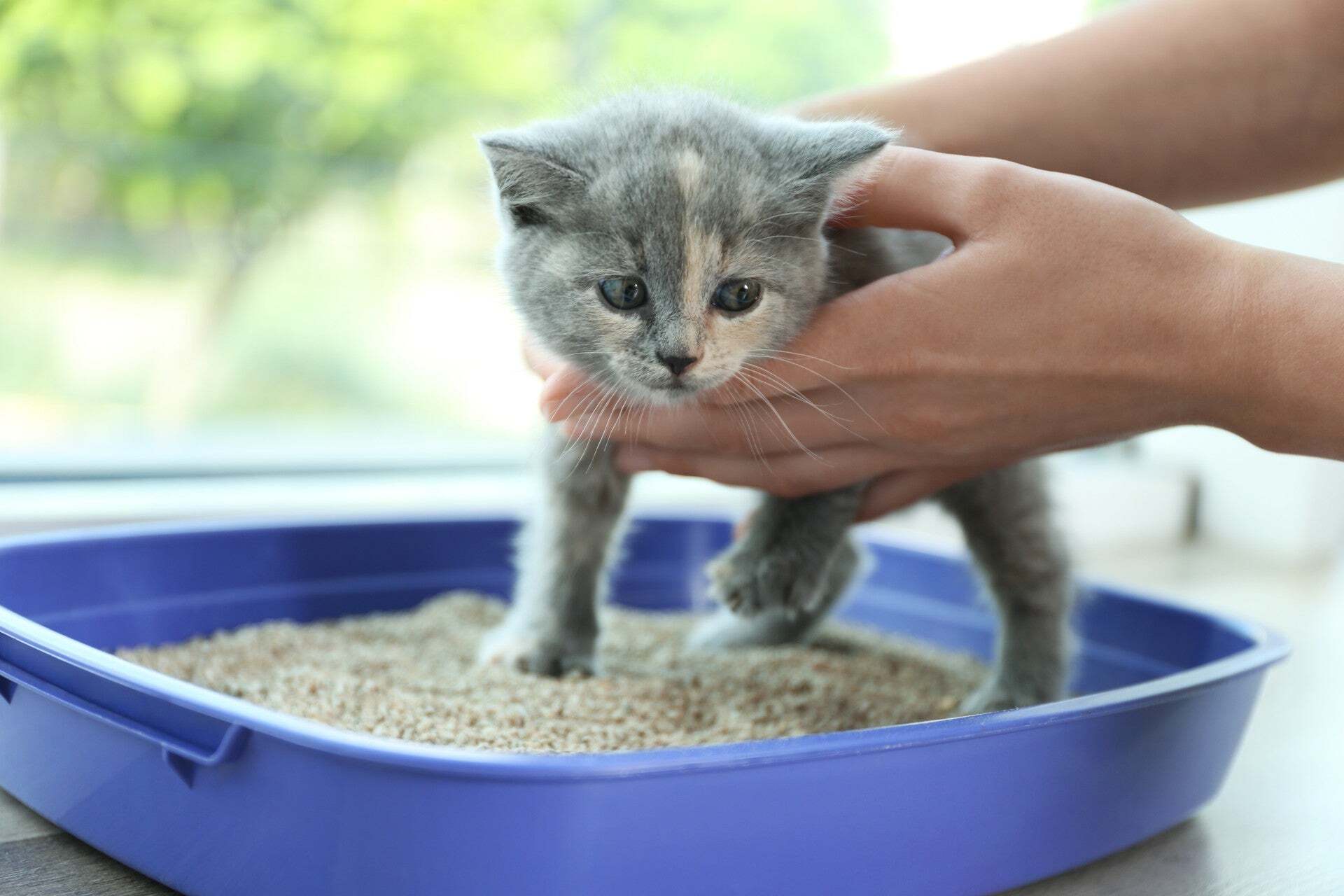
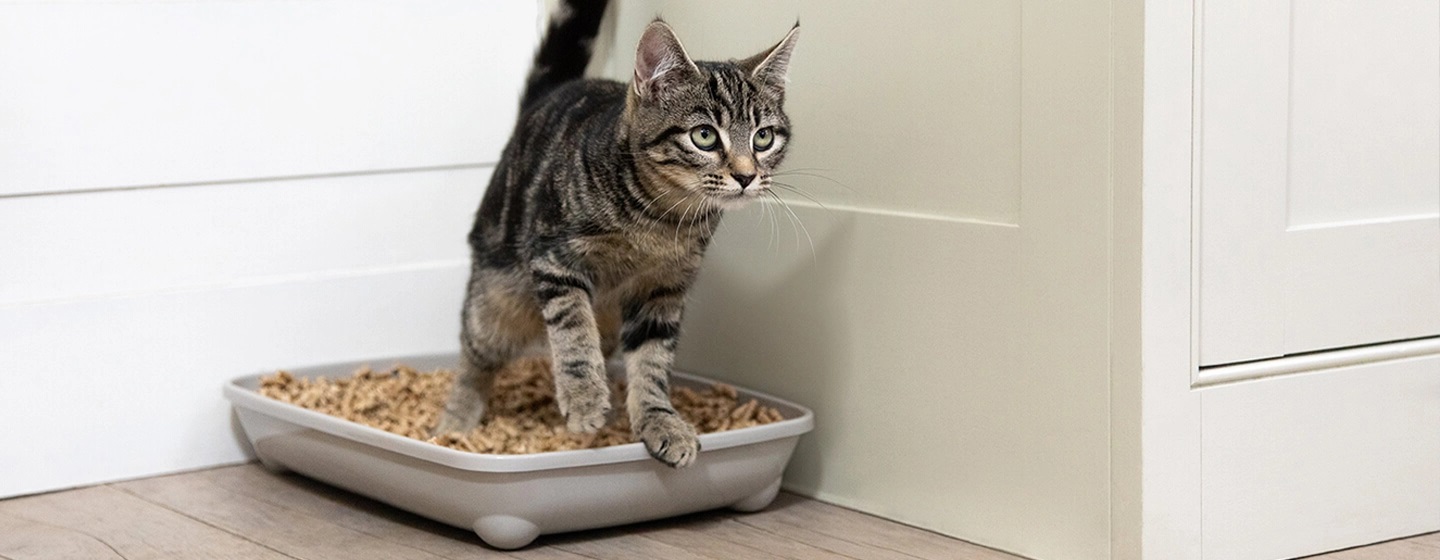
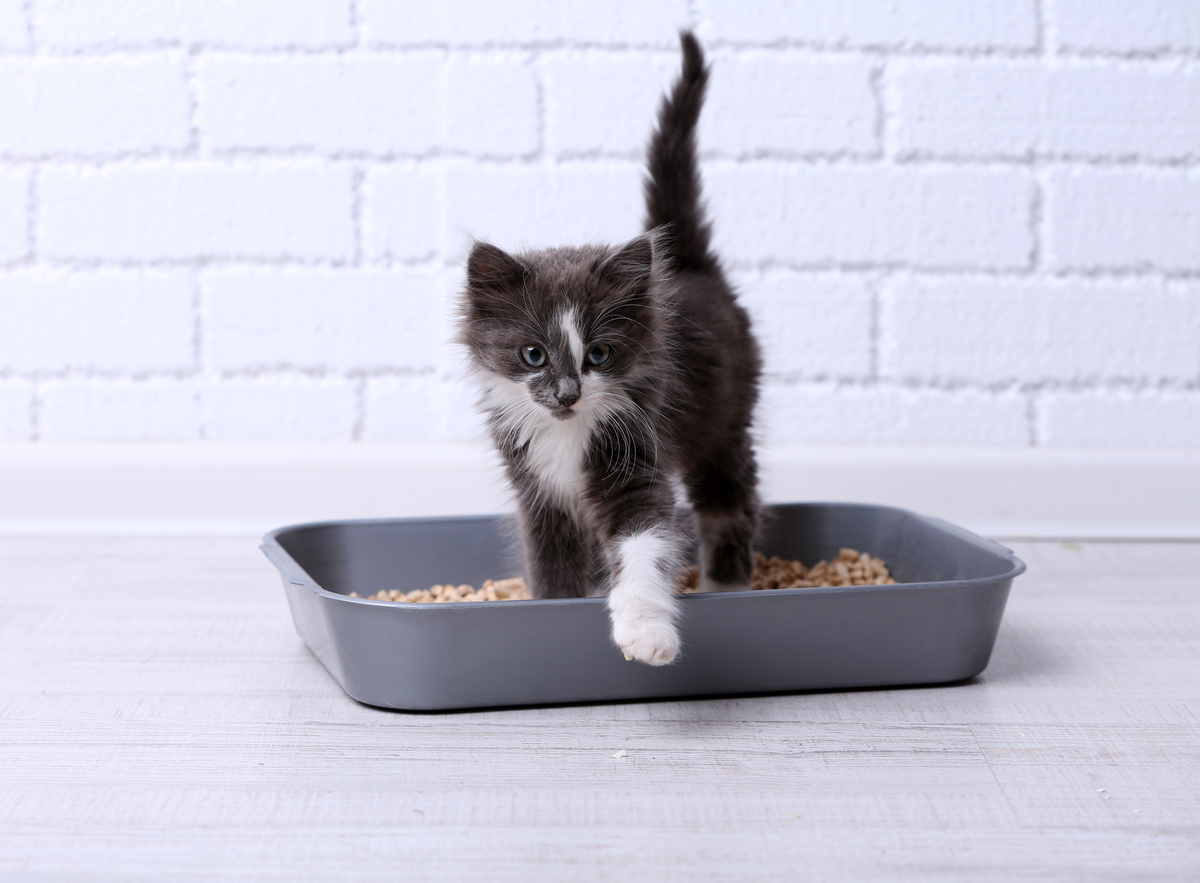
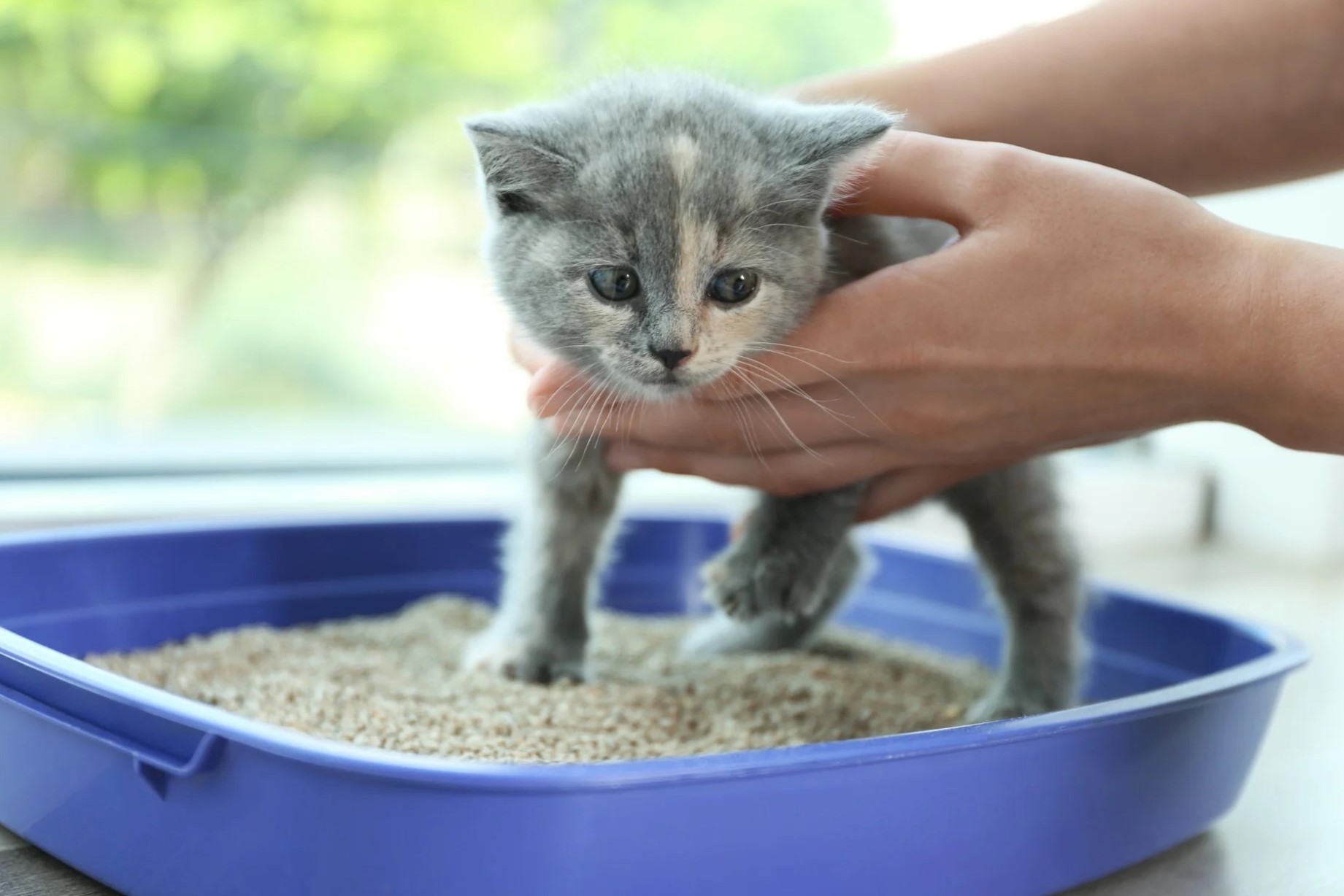
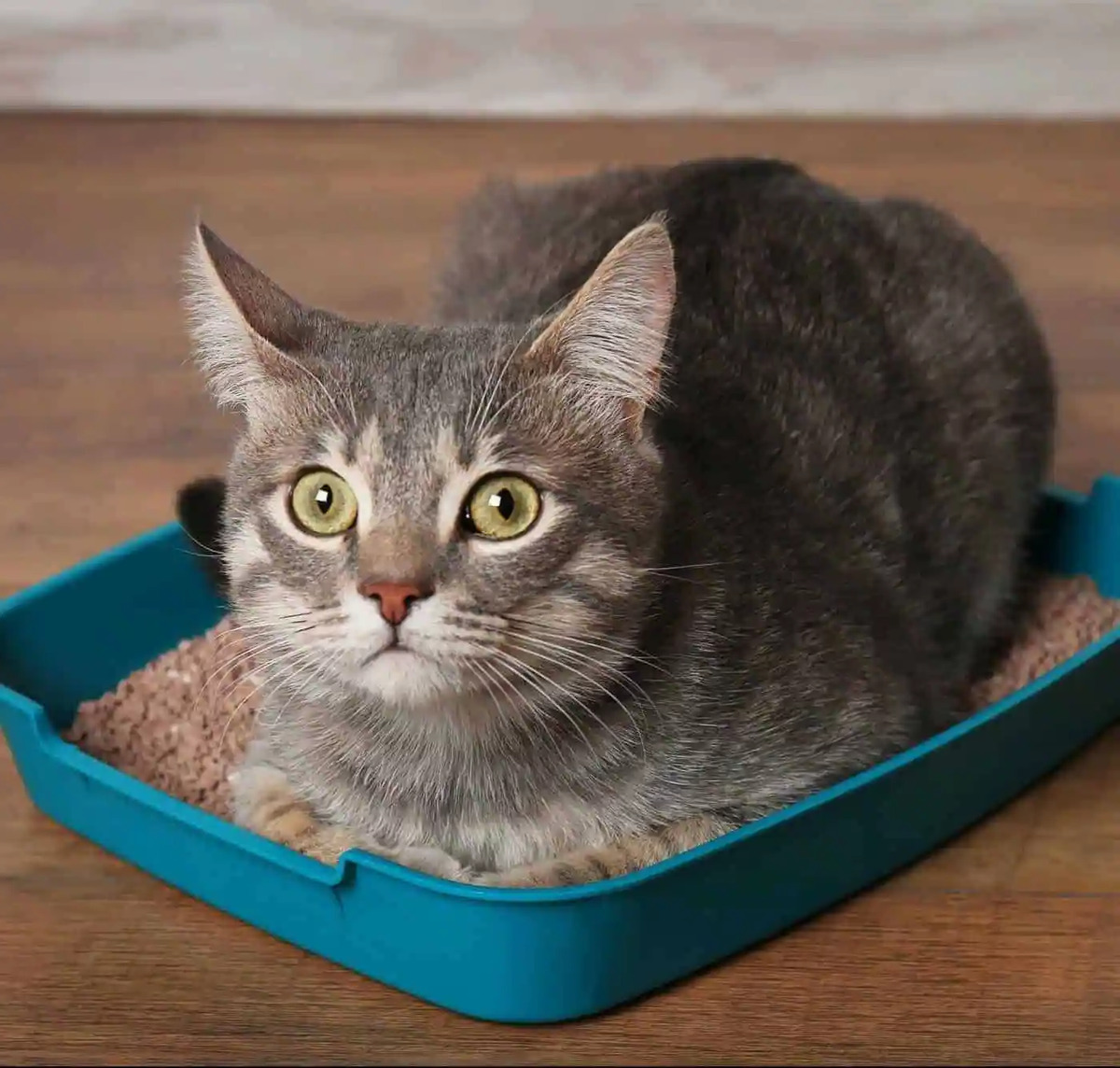
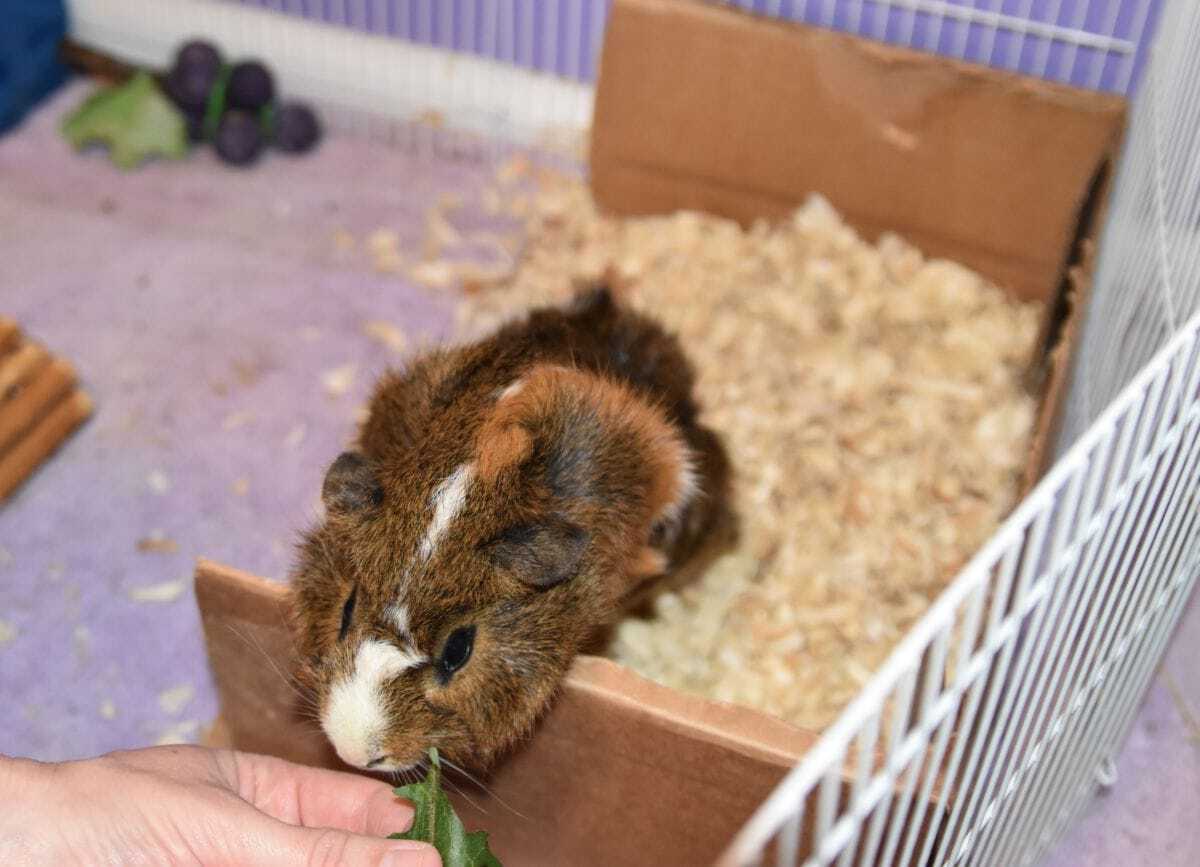
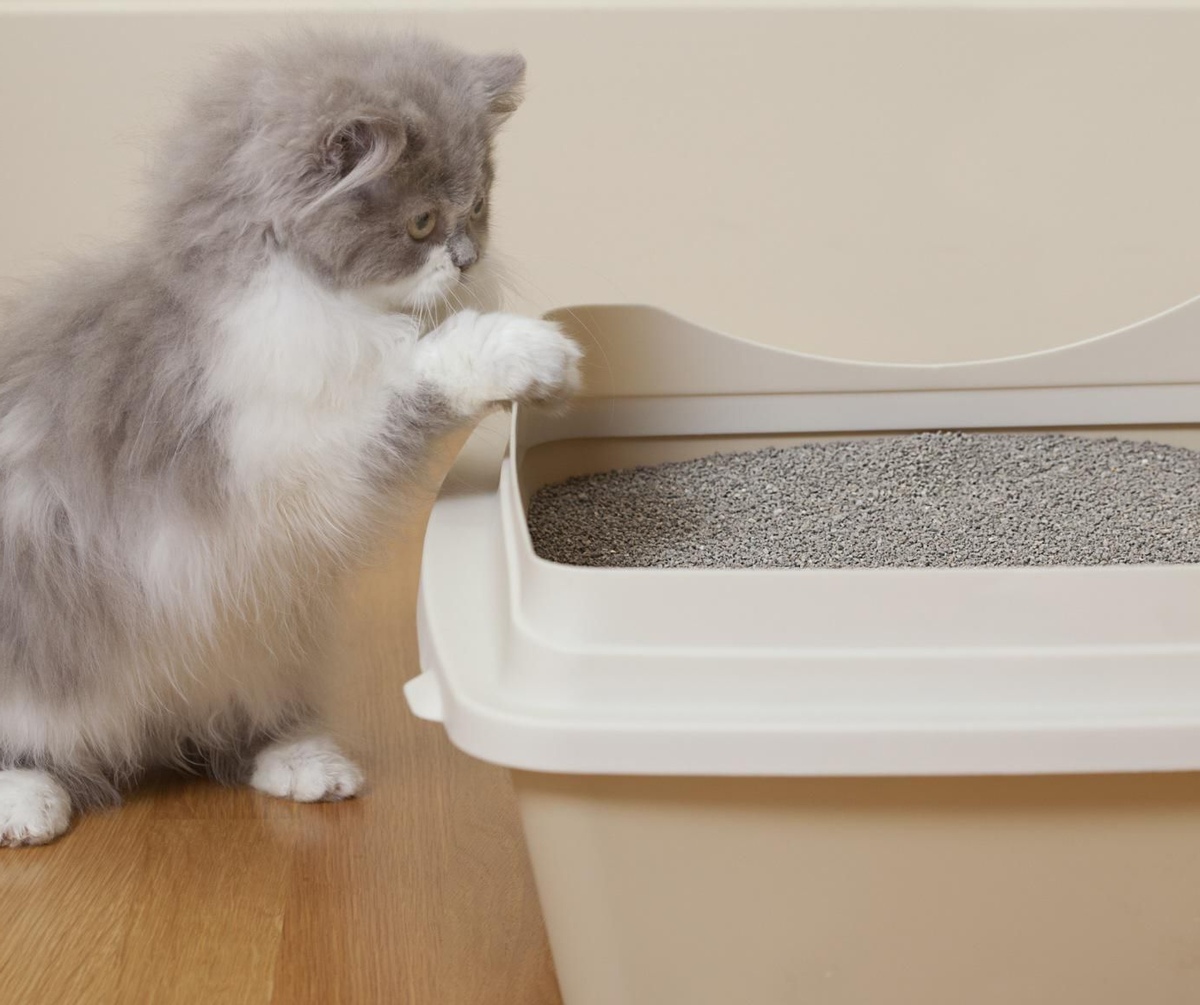

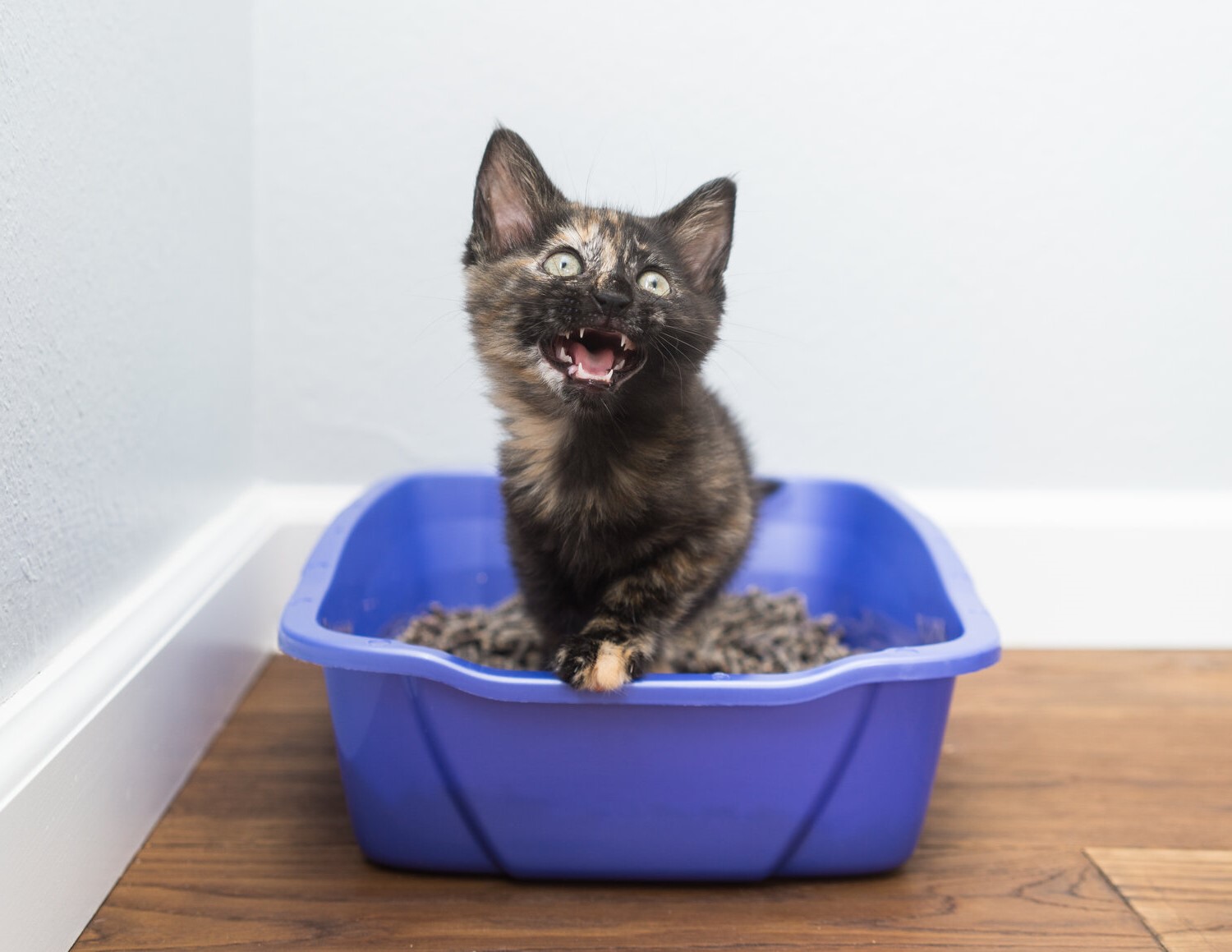
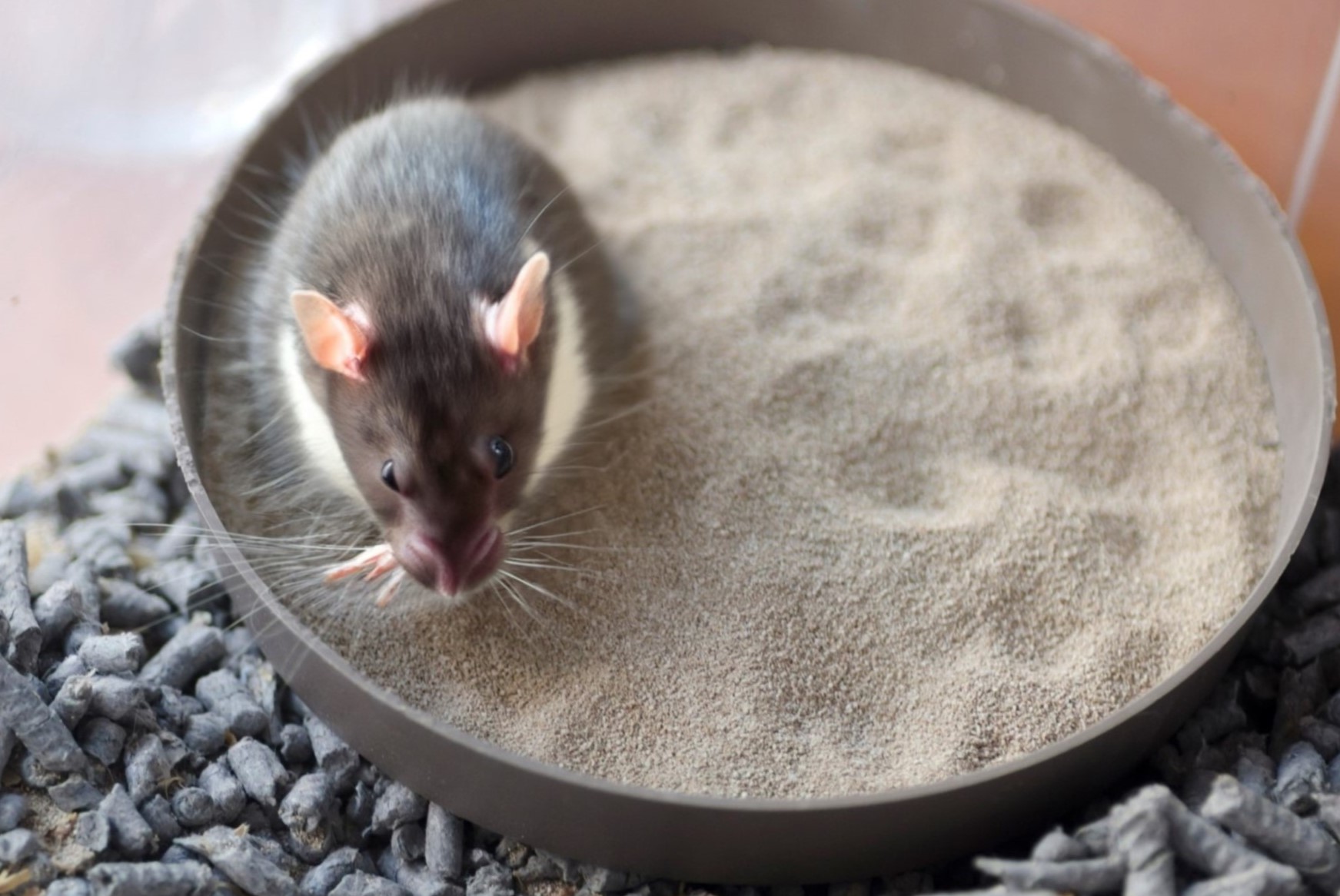

0 thoughts on “How To Train A Kitten To Use A Litter Box”